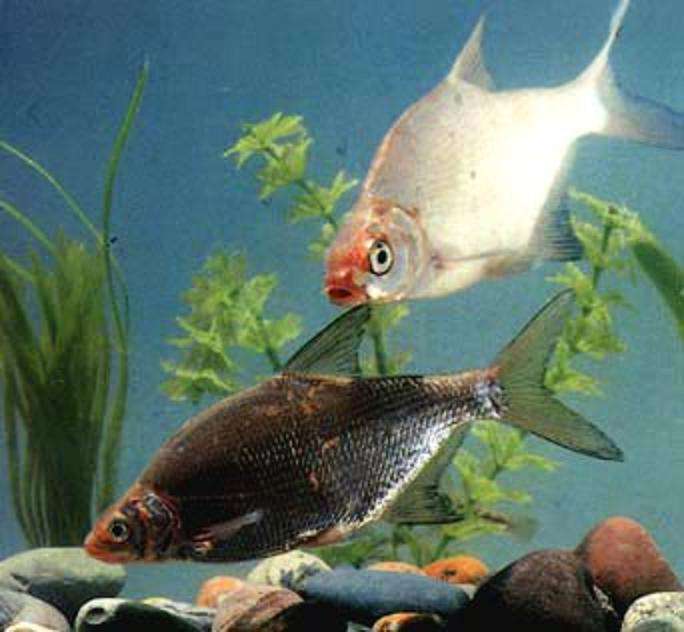The Latin name of the rare gobiocypris is Gobiocypris rarus Ye et Fu, and its foreign name is Raregudgeon. It belongs to the genus Gobiocypris of the Cyprinidae family. There is only one species in this genus, which is endemic to my country.

Rare goby mainly feeds on small aquatic invertebrates. The breeding season is from March to November, and it can reproduce all year round under artificial insemination conditions. Under suitable water temperature and sufficient bait conditions, it can reach sexual maturity and lay eggs about 4 months after hatching. Generally, each female fish can lay about 300 eggs at a time.
Since 1990, the Chinese Academy of Sciences has used the rare goby as a new experimental animal, and has conducted systematic research on its distribution area and living habits, morphology and classification status, reproduction, embryonic development, post-embryonic development, growth, feeding, adaptability to ecological factors, karyotype and isozymes, feeding methods, breeding techniques, anesthesia methods, and inbred strain breeding. Now, we have standardized its feeding and management, and obtained 21 generations of inbred fish, which is very close to the goal of breeding standard experimental animals.
So far, there are 55 papers on the rare goby. In addition to 21 papers on classification and biological research, the remaining 34 are reports on the application of the rare goby as an experimental fish. According to incomplete statistics, more than a dozen universities and research institutes in China have used rare goby to conduct scientific research, and these works involve fish pathology, genetics, environmental science, embryology, physiological ecology and other fields. In the field of fish pathology, Wang Tiehui and others confirmed that rare goby is extremely sensitive to grass carp hemorrhagic disease virus, and rare goby can be used as a model for grass carp anti-hemorrhagic disease virus breeding research. The use of rare goby as research material overcomes the difficulties of using grass carp, such as large individuals, long generation cycle, short breeding period, and difficulty in raising and obtaining materials, thus greatly accelerating the progress of grass carp anti-hemorrhagic disease virus breeding research.
Rare goby was already scarce when it was named. It lives in groups in small water environments, is a large target, and is easy to be caught. In addition, unstable environmental conditions are the main causes of endangerment for rare goby.
The Red List of Chinese Species is listed as: Endangered (EN);
The Red List of Chinese Endangered Animals - Fish is listed as: Endangered.
Listed in the second level of China's 2021 edition of the National List of Key Protected Wildlife (only for wild populations).